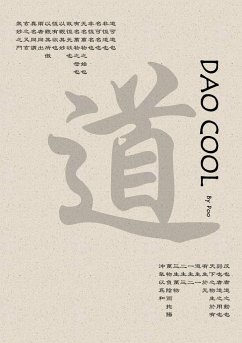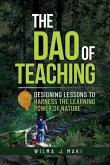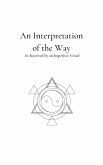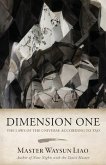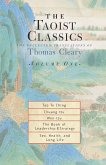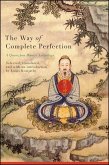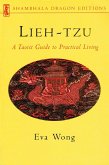As a Chinese saying goes, a stone from a remote mountain can compete with jade. When the Western world comes to an inflection point, why not look towards the East for wisdom. The West builds all knowledge on logic while the concept of logic does not even exist in the Chinese culture. In place of logic, the Chinese way of thinking is Dao. Dao is a paradox. However, it is a self-consistent and self-explanatory paradox. Dao asserts that the ten thousand things, which is, in Daoism, a terminology that literally means everything, are neutralizing themselves. If we assume Dao is true, because Dao is also a member of the ten thousand things, it needs to follow the rule of Dao by neutralizing itself, therefore Dao is false. However, if we assume that Dao is false, this means that there is, at lease, one thing that will not be neutralized. Is it humanity, the earth, the sun, the galaxy or the universe? Apparently, none of them can withstand the test of time! Since, in the sensible sphere, even if we exhausted all samples, nothing is really constant and eternal, we realize that the only candidate that can pass the test of time is the statement that "the ten thousand things are neutralizing themselves". Therefore, Dao is true. In shot, if Dao is true, Dao is false, while if Dao is false, Dao is true. Dao is a paradox. However, Dao is not the kind of paradox that people normally run into because it is a self-consistent and self-explanatory paradox. If you ask why "if Dao is true, Dao is false", it is because the assumption of Dao being true is neutralizing itself making Dao false, while if you ask why "if Dao is false, Dao is true", the same rule applies. Because Dao reaches self-consistency, Dao is the origin of the universe and the ultimate Truth in the world. As a reason and result, we can use Dao to explain all phenomena. For example, there is no consensus among the world's scientists regarding the explanation of quantum phenomena. The reason of that is that quantum phenomena, such as wave-particle duality, quantum entanglement or uncertainty principle, are, in nature, paradox, but logic, the tool that scientists employ to do reasoning, is not sharp enough to piece through paradox. Because paradox is a situation in which contradiction becomes inevitable, from a logical perspective, paradox is a dead end and there is no leeway for logic anymore. It is only Dao that is able to find a way out in face of paradox. It is interesting that Dao literally means "way" in Chinese. Only when you follow Dao, or the Way, can you reach your destination without getting lost. Dao is the only way to bring quantum phenomena back to common sense and the discovery of quantum phenomena is a message to humans that Dao is the most fundamental rule in the world. People usually see the world through the lens of logic and the book provides people with a new lens of Dao to see the same world that we are kind of familiar with. It is interesting that, even if you look at the same scene, the landscape will appear entirely different when you see it through different lenses. A tip: if you find it difficult to understand the main body, please read the Appendix first. The difference is that the main body is all about Dao and does not follow logic while the Appendix is organized as per logic. Also, there are further tips regarding how to read the main body at the end of the Appendix.

